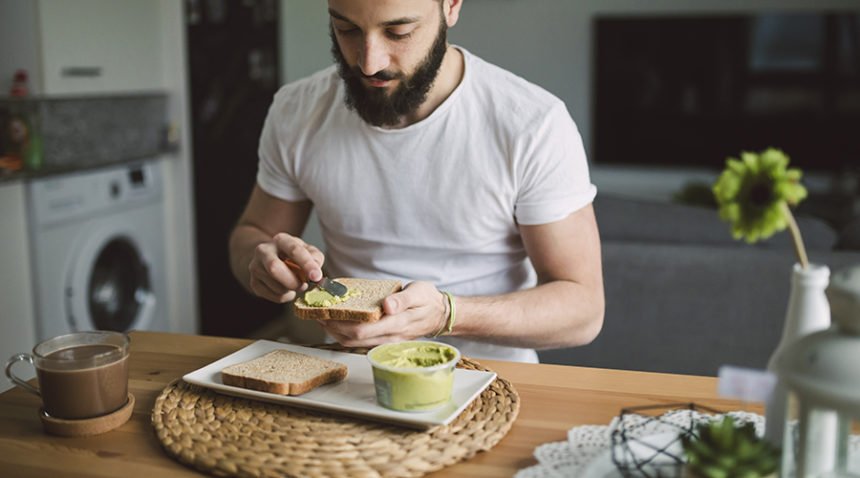A year into the COVID-19 pandemic, a majority of the American workforce still works from home part or all of the time. This helps keep everyone safe from the spread of the virus and has its perks: no long commutes, more time with family and every day is business casual.
However, working from home comes with its own set of challenges, including more distractions and the temptation to snack all day.
But snacks don’t have to be unhealthy. Snacking can even fill gaps left by our regular diets and help us get the nutrients we need.
Here are three tips to keep your nutrition in check while working from home.
1. Be mindful.
Before reaching for a snack, think about how long it has been since you last ate and whether you’re truly hungry. If you realize the desire for a snack is the result of boredom, frustration or stress, try to distract yourself with a task you find challenging or interesting or even with some quick exercises. The craving often will pass if you wait several minutes.
Sometimes drinking a glass of water helps because you’re actually thirsty, not hungry.
2. Be prepared.
Assemble pre-portioned snacks for the workweek so you can grab them when hunger strikes. Prioritize whole foods, such as fruits, vegetables and nuts. If you are eating a snack with a nutrition label, make sure you’re sticking to one serving.
“Prepare your day as if you were going into the office. Actually pack your meals, including your snacks, and put them in the fridge,” says UNC Health registered dietitian Elizabeth Watt. “If it’s packed and ready to go, then you don’t even have to think twice about it. It cuts down on the temptation of everything else within your house.”
Your body needs fuel in between meals, so plan a snack for midmorning and midafternoon—for example, Greek yogurt with raspberries or hummus with carrots. This will help to avoid overeating at lunch and dinner.
3. Pick protein.
A well-timed, healthy, balanced snack keeps us from becoming too hungry and overeating at the next meal. When possible, try to include two food groups in your snack. Pairing a high-fiber food with a protein will be more satisfying and keep you fuller longer—for example, string cheese with an apple.
“A lot of us will grab a handful of crackers or chips, and those are carbs that break down really quickly in your body, and then you end up going back for more because you’re still hungry,” Watt says. “Always try to include a protein source in your snacks, because that can help you to get to that next meal without feeling ravenously hungry.”

